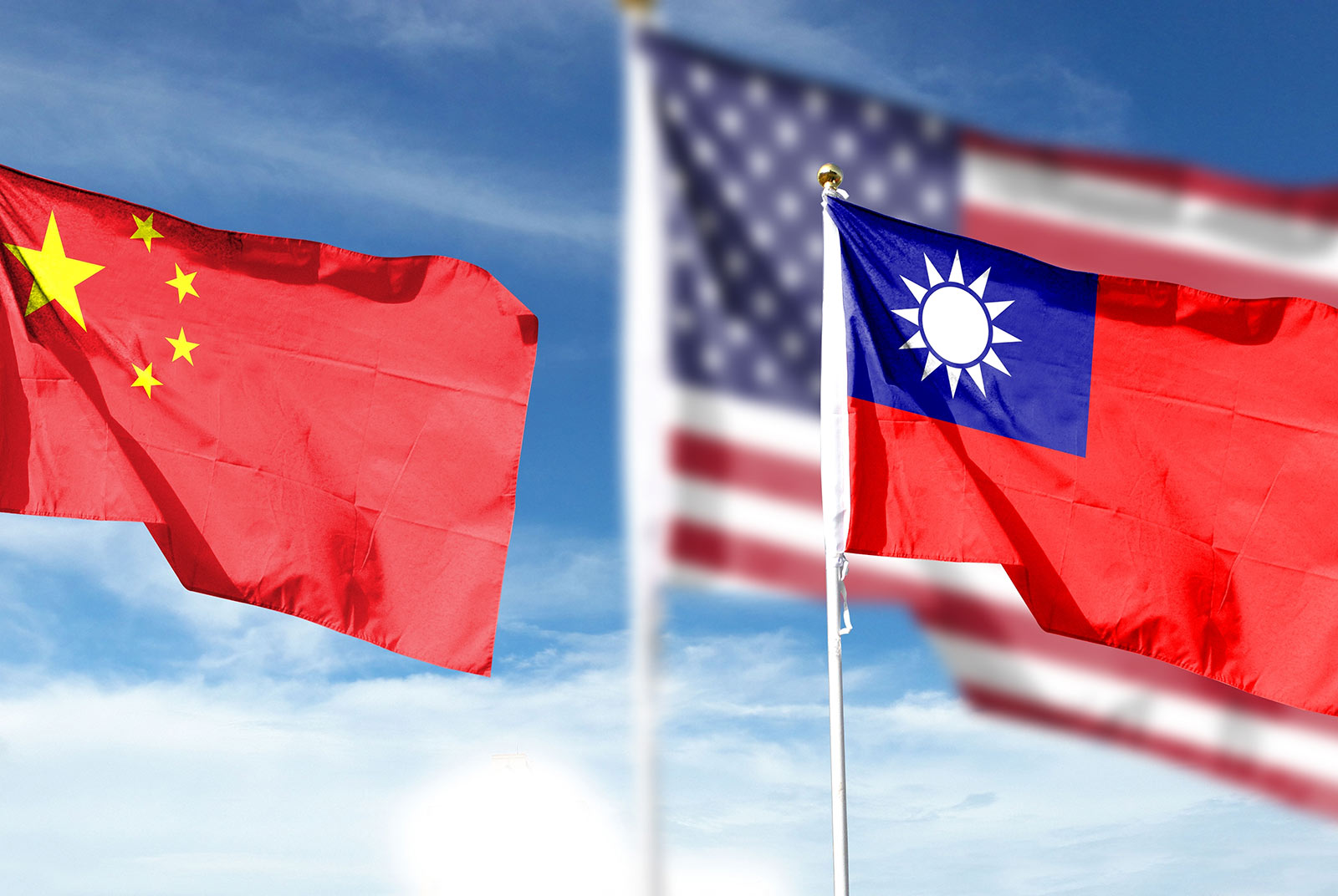Taiwan contributes to drinking water quality improvement for the Philippines

Source:Shutterstock
Laguna de Bay is the largest lake in the Philippines. It has been covered by green algae harmful to water quality for many years, which makes locals worry about the safety of their drinking water. How does Taiwan help the Philippines improve the quality of local drinking water?
Views
Taiwan contributes to drinking water quality improvement for the Philippines
By National Cheng Kung Universityweb only
Water and Sanitation is one of the 17 Sustainable Development Goals of the United Nations, and a person from Taiwan has been grappling with the persistent issue of harmful cyanobacteria (also called blue-green algae), cyanotoxins, and odor of Laguna de Bay—the largest lake in the Philippines—over the past several years to help improve drinking water quality in the country.
This person is Tsair-Fuh Lin, Distinguished Professor of the Department of Environmental Engineering, National Cheng Kung University (NCKU), who developed great source water and water treatment methodologies and models. This water quality inspection technology can address the algae pollution of Laguna de Bay thirty times faster than the existing technologies.
During a lecture visit to the Philippines, Lin, whose research focuses on algae pollution in water, noticed the green color of algae on the surface of Laguna de Bay, a fishy odor coming from the lake, and the moldy smell of the local tap water that made locals worry about the safety about their drinking water.
After Lin returned to Taiwan, he applied to the Ministry of Science and Technology for a three-year research project in cooperation with Mapúa University in the Philippines to establish the Taiwan-Philippines Joint Water Quality Research and Innovation Center for cyanobacteria and metabolites sampling, water quality monitoring, and personnel training.
(Source: National Cheng Kung University)
Laguna de Bay covers an area one hundred and twenty times that of Sun Moon Lake in Taiwan. The toxins in Laguna de Bay—released by algae for decades—amounted to two hundred times higher than that advised by the World Health Organization, and the odorous compounds present amounted to more than two hundred times the level advised by Japan. According to Lin, lakes and reservoirs tend to suffer from algae pollution. Laguna de Bay, in particular, is not deep enough to prevent algae/cyanobacteria problems, and is vulnerable to direct sunshine that expedites cyanobacteria breeding.
No Hot Water while Cockroaches Run Rampant
Sampling was the most toilsome job involved in this academic exchange some 1,200 kilometers away from Taiwan.
In 2016, Dr. Yi-Ting Chiu, a member of Lin’s research team, sailed on a bamboo raft for five days on Laguna de Bay to gather water samples one by one at the thirty-five designated spots to complete the first round of data gathering. The team had ninety kilograms of the most advanced equipment transported to the Philippines to help diagnose water quality. Later on, the team worked with the Taiwanese businesses in the Philippines for water quality inspection vehicles, equipment, and material donations to the Philippine to help strengthen their water quality monitoring capabilities.
(Source: National Cheng Kung University)
According to Lin, the mobile vehicle-based biomolecular monitoring technology can analyze the amount of cyanobacteria, odors, and toxins to assess their densities in the water after sample gathering and prior to risk report submission. They analyzed thirty-two to ninety-six samples in an average of three hours, which is twenty to thirty times faster than that done by the traditional lab microscope analysis. The researchers from the Philippines were amazed at how fast cyanotoxins were identified to follow up with corresponding measures for water quality improvement.
The team’s research results were highly valued, but they did not have an easy time in the Philippines. During the sampling period, there was no hot water; the toilets had no seats; and cockroaches scuttled around them when they slept at night. They could not have made it without their enthusiasm for research.
Recruiting Local Students and Cooperating with Local Authorities
According to Lin, academia-industry cooperation in the Philippines was not as prevalent as that in Taiwan and there was no reliable model to follow. Notwithstanding, he was determined to bridge this international collaboration. He, with great assistance from the Department of Environmental Engineering, thus trained six people from the Philippines' academic sector and water company as well as admitting three FIlipino graduate students to the Department. In 2017, the Taiwan-Philippines Joint Water Quality Research and Innovation Center was finally established in Manila, in hopes of enabling better protection of drinking water quality and public health in the capital city of the Philippines. What's more, in order to gain a comprehensive understanding of tap water pollution in Manila, Lin worked hand in hand with the Manila Water Company to investigate, and ultimately eliminate, toxins in tap water sources.
From SDG6 to the SDG Hub
It is believed that the pollution of Laguna de Bay is like what happened in Taiwan in the 1980s. It took decades to develop a water treatment SOP in Taiwan, and evidently the development in the Philippines still has a long way to go.
It goes without saying that such large-scale multilateral collaboration requires efficient communication and effective information exchange. On that account, Lin built a database to ensure better data visibility for all parties, especially the water professionals in the Philippines. This has later on become an inspiration and a prototype of the NCKU SDG Hub, officially inaugurated in early 2021. Lin proposed the idea of an image-based reference platform, where researchers can find all information related to a specific topic at a single visit. He started from SDG6 (Clean Water and Sanitation) with the publication of "Water Research'' that includes all cases and references pertinent to algae and odor from 1990 onward, and hoped that this would encourage more research and studies in the future. That being the case, the scope of NCKU's SDGs research shall be widened, and the SDG Hub will potentially boost Taiwan's international exposure in the SDGs arena.
(Source: National Cheng Kung University)
With great vision to elevate its global impact, NCKU is committed to coming together with our global fellows. On one hand, we are resolved to accompany our Filipino partners through the arduous journey of improving drinking water quality; on the other hand, we are equally devoted to expanding our effort in achieving shared prosperity for all.
About the National Cheng Kung University:
"Pursuit of truth through exhaustive reasoning" is NCKU's motto. NCKU aims to be a university that is the pride of Taiwan and an inspiration to Tainan, an institution that our partner schools respect and are happy to work with. NCKU is positioned as a university of global importance that develops high quality, well-rounded citizens. According to the Impact Rankings 2021 released by the Times Higher Education (THE) magazine in April, NCKU was ranked 1st in Taiwan and stood out in categories of SDG9 (Industry Innovations and Infrastructure) across the higher education sector. We humbly contribute the above achievement to the long-term support from our partners. Together Stronger. NCKU looks forward to shaping our future together with you.
Upload by Penny Chiang






